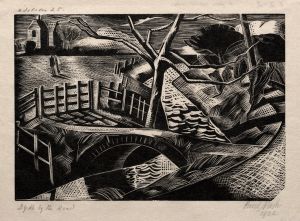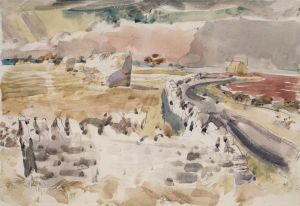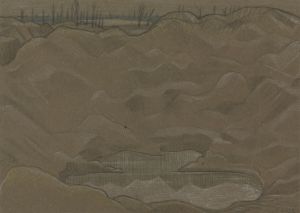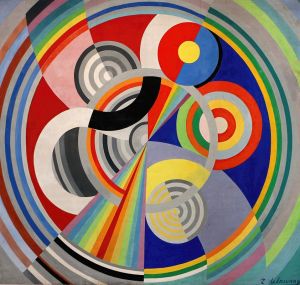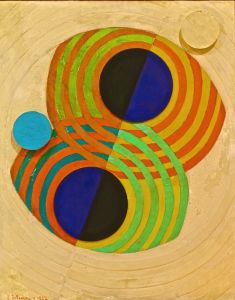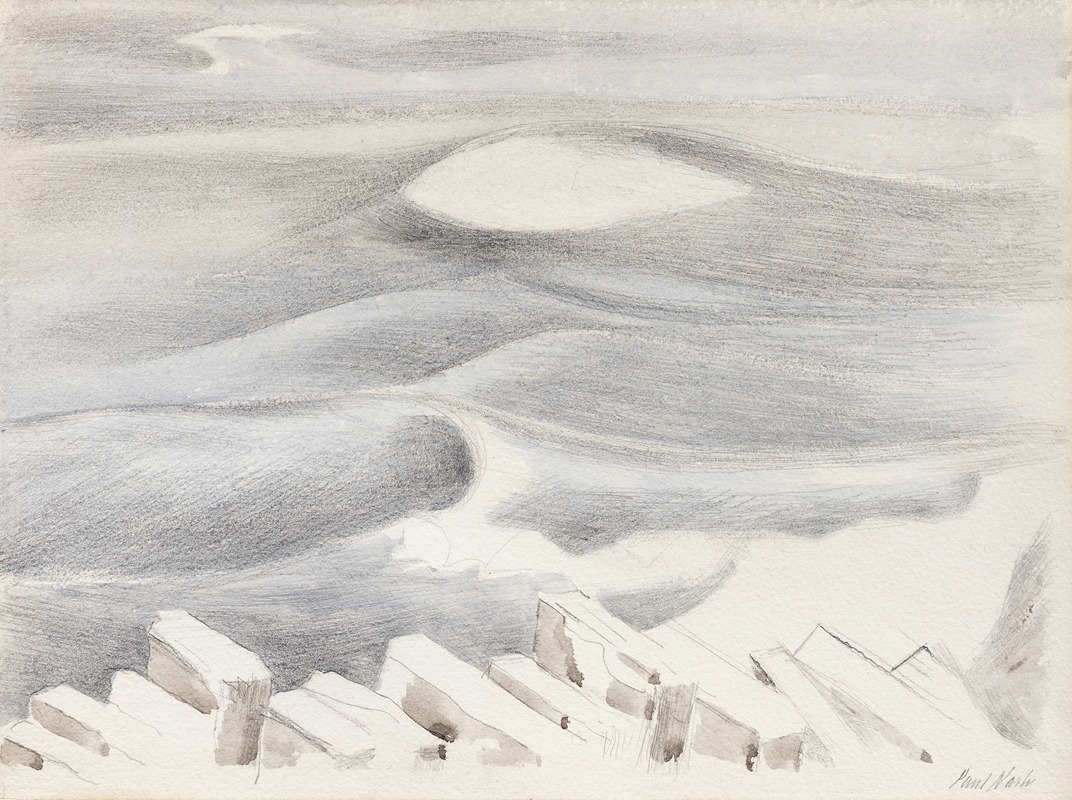
Waves
A hand-painted replica of Paul Nash’s masterpiece Waves, meticulously crafted by professional artists to capture the true essence of the original. Each piece is created with museum-quality canvas and rare mineral pigments, carefully painted by experienced artists with delicate brushstrokes and rich, layered colors to perfectly recreate the texture of the original artwork. Unlike machine-printed reproductions, this hand-painted version brings the painting to life, infused with the artist’s emotions and skill in every stroke. Whether for personal collection or home decoration, it instantly elevates the artistic atmosphere of any space.
Paul Nash's painting "Waves" is a notable work by the British artist, who is renowned for his contributions to modernist art and his distinctive approach to landscape painting. Nash, born in 1889, was a key figure in the development of modern art in Britain, and his work often reflects his deep engagement with the natural world and the impact of war on the landscape.
"Waves" was created during a period when Nash was exploring the interplay between natural forms and abstract elements. His work during this time often incorporated surreal and symbolic elements, reflecting his interest in the subconscious and the dreamlike qualities of the natural environment. Nash's fascination with the sea and coastal landscapes is evident in "Waves," where he captures the dynamic and ever-changing nature of the ocean.
The painting is characterized by its use of bold lines and a limited color palette, which are typical of Nash's style. He often employed a muted range of colors, using shades of blue, green, and gray to evoke the mood and atmosphere of the sea. The composition of "Waves" is both structured and fluid, with the rhythmic movement of the waves suggesting a sense of both order and chaos. This duality is a recurring theme in Nash's work, as he sought to convey the tension between the natural world and human perception.
Nash's interest in the sea can be traced back to his childhood and his experiences during World War I, where he served as an official war artist. The trauma of war had a profound impact on his artistic vision, leading him to explore themes of destruction and renewal in nature. "Waves" can be seen as part of this broader exploration, where the sea becomes a metaphor for the cycles of life and the passage of time.
In addition to its thematic depth, "Waves" is also notable for its technical execution. Nash's use of line and form demonstrates his mastery of composition, creating a sense of movement and energy that draws the viewer into the scene. The painting's abstract qualities invite multiple interpretations, allowing viewers to engage with it on both an emotional and intellectual level.
"Waves" is part of Nash's broader body of work that includes paintings, drawings, and photographs. His contributions to modern art have been widely recognized, and his works are held in major collections, including the Tate Gallery in London. Nash's legacy continues to influence contemporary artists, and his exploration of the relationship between the natural world and human experience remains relevant today.
Overall, "Waves" exemplifies Paul Nash's ability to blend realism with abstraction, creating a work that is both visually striking and thought-provoking. Through his innovative approach to landscape painting, Nash invites viewers to consider the deeper connections between nature, memory, and imagination.






